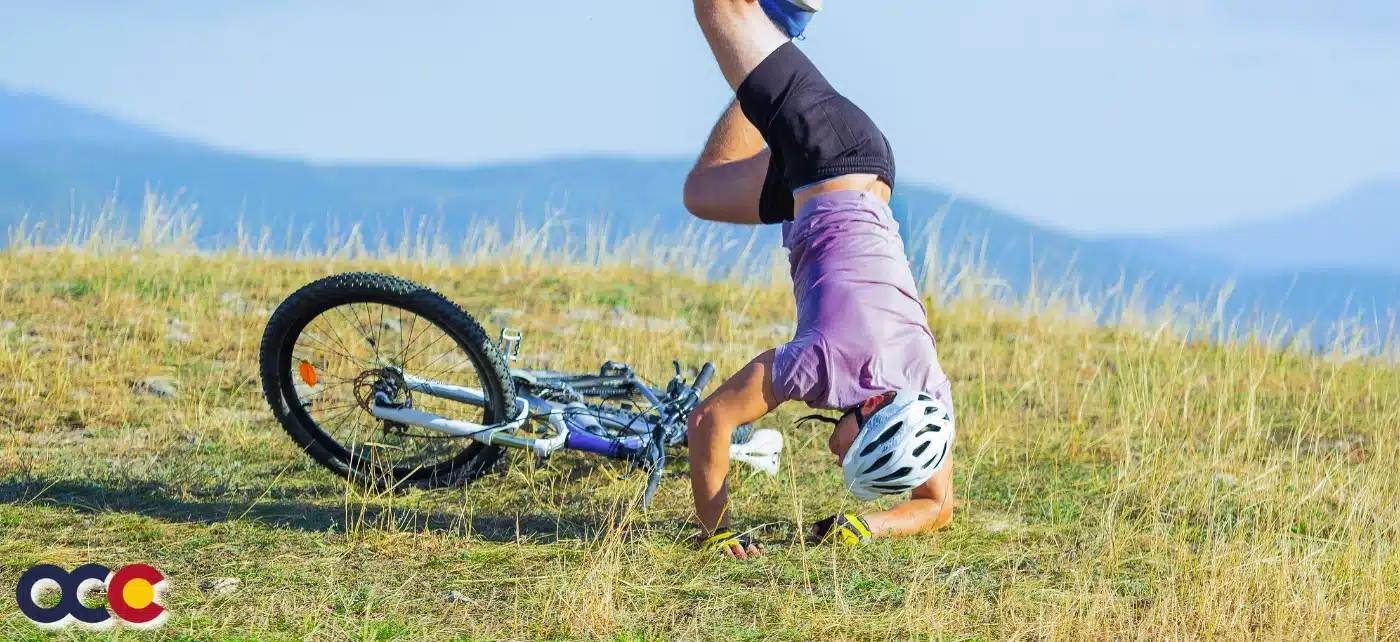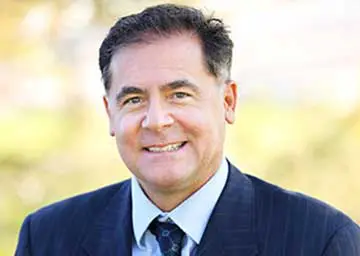Back and neck conditions are some of the most common causes of pain and disability. This kind of pain can be recurring and distracting, preventing people from performing and enjoying everyday tasks and activities. But that’s not the way it has to be. The orthopedic experts at Advanced Orthopedics in Denver, Parker, and Aurora, Colorado, can help you minimize back pain and return to a full, healthy life as quickly as possible. Their elite team of professionals has been offering a variety of options to help patients of all ages dealing with back and neck pain. You can trust that their surgeons will give you unparalleled care from the first consultation and be there with you every step of the way.
OVERVIEW
Cervical spondylotic myelopathy (CSM) refers to impaired function—squeezing or compression of the spinal cord caused by degenerative changes of the discs and facet joints in the cervical spine (neck) that occur with aging. CSM is the most common spinal disorder in Americans over 55 years of age and can affect men at an earlier age than women. However, the age of onset for both is variable, depending on the degree of congenital spinal canal narrowing.
ABOUT THE CERVICAL SPINE
The neck, also called the cervical spine, is a well-engineered structure of bones, nerves, muscles, ligaments, and tendons. Both strong and delicate, the cervical spine carries the weight of your head (10-11 pounds), protects the spinal cord, supplies blood to the brain, and allows a wide range of motion, supporting your head and neck movements, such as nodding, turning your head from side to side and looking up and down. The cervical spine has seven stacked bones called vertebrae, labeled C1 through C7, which are separated from one another by intervertebral discs. These discs allow the spine to move freely and act as shock absorbers during activity.
WHAT IS CERVICAL SPONYLOTIC MYEOPATHY?
Let’s take it apart; “cervical” has to do with the spine, and “spondylotic” has to do with spinal degeneration and refers to one of the possible causes of “myelopathy” or the gradual degeneration of the spine. Myelopathy can occur for several reasons. The most common is when the spinal cord is compressed or squeezed. This compression disrupts normal nerve transmission. Arthritis of the spine, or spondylosis, is the most common reason the spinal cord is compressed. It refers to degenerative or age-related changes in the spine, including disc degeneration, bone spurs, and thickened ligaments that can press on the spinal cord and cause myelopathy. The gradual degeneration of the spine often takes the form of cervical spinal stenosis, which is the narrowing of the spinal cord in the neck.
Read more about Cervical Spondylotic Myelopathy on our new Orthopedic News Site – Colorado Orthopedic News. Schedule an appointment with a neck and spine specialist today.









